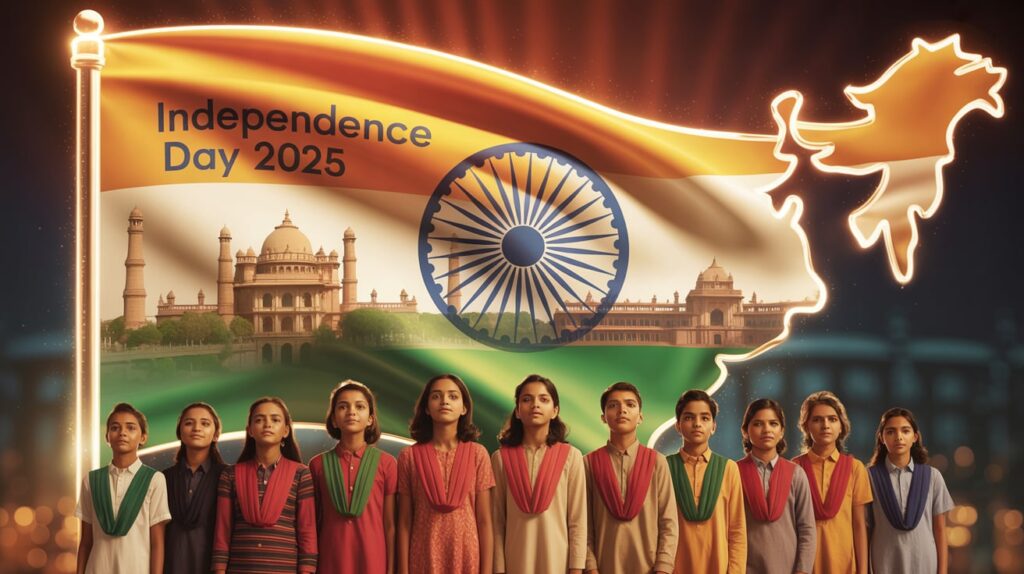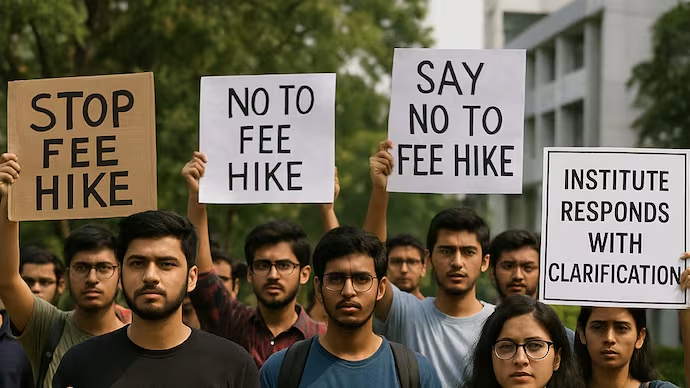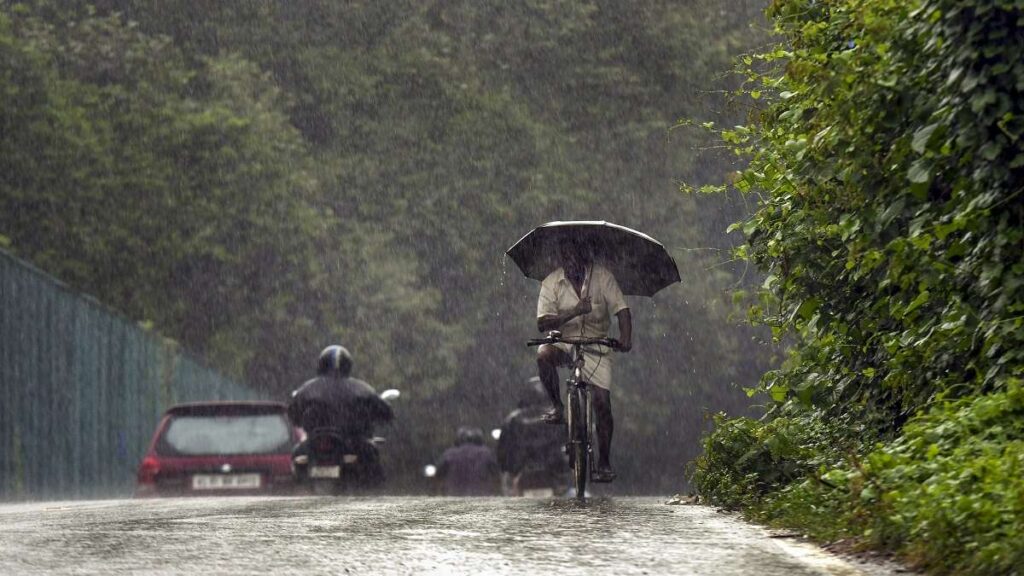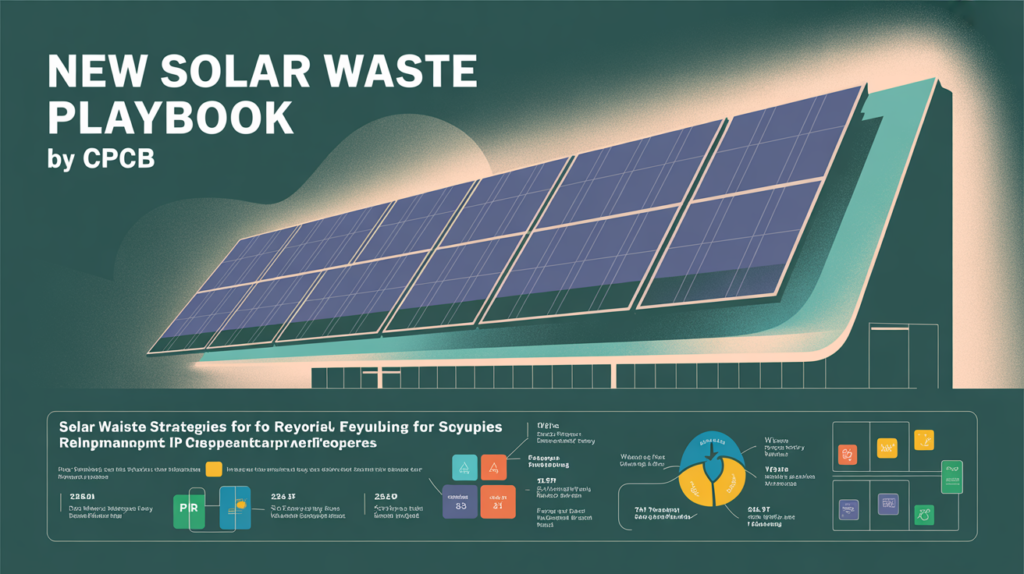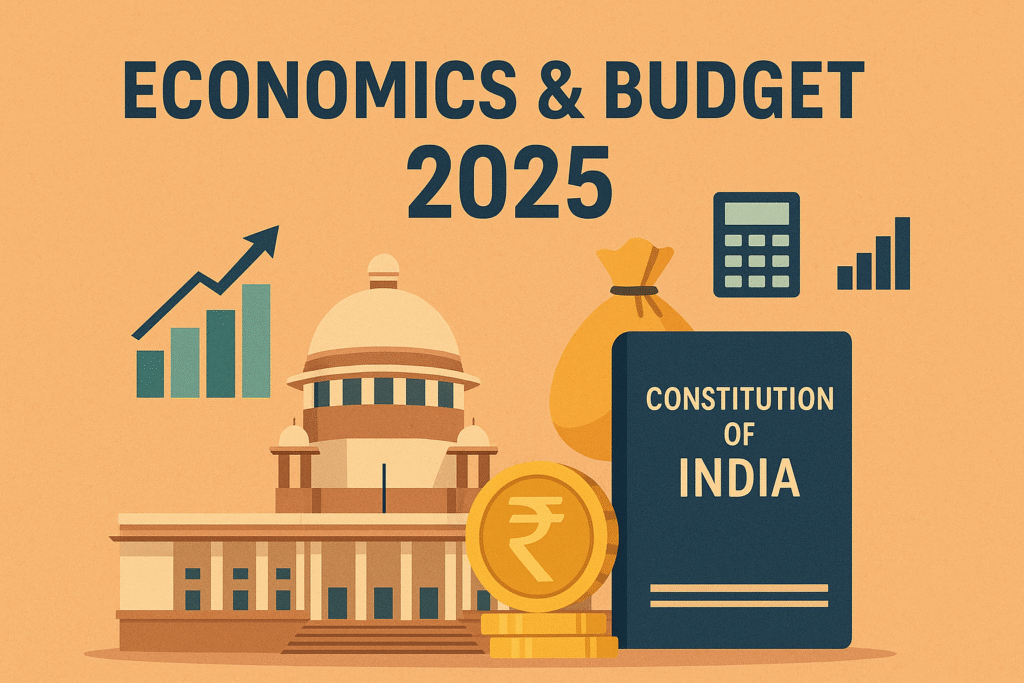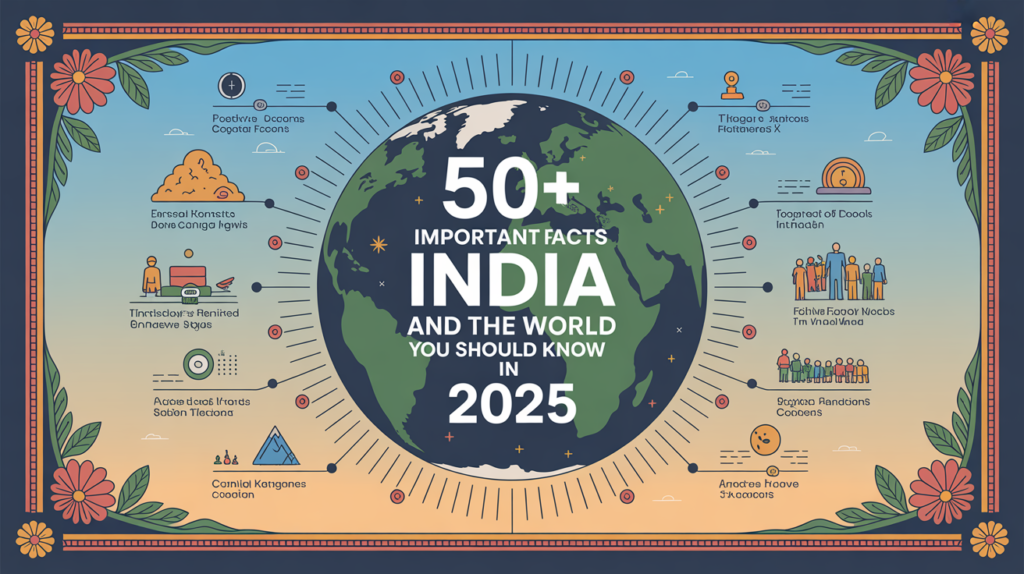Speech & Essay Themes for Independence Day 2025 | Inspiring Ideas for Students
Speech & Essay Themes for Independence Day 2025 Every year, Independence Day in India is celebrated with patriotic zeal and pride. As schools, colleges, and institutions prepare for this historic occasion, students are often asked to deliver speeches, write essays, or take part in competitions that highlight the nation’s journey of freedom. In 2025, the focus has shifted toward creativity, innovation, and youth-led progress. That is why exploring Speech & Essay Themes for Independence Day 2025 becomes essential for students preparing for academic and cultural events. This blog will provide detailed and inspiring Speech & Essay Themes for Independence Day 2025, helping students to present their thoughts effectively while improving their learning and writing skills. Why Focus on Speech & Essay Themes for Independence Day 2025? Before diving into the actual topics, it’s important to understand why schools and universities emphasize these exercises: Develops Communication Skills – Delivering a speech boosts public speaking confidence. Improves Writing Ability – Essay competitions enhance structure and creativity in writing. Instills Patriotism – Discussing national progress fosters a sense of pride and belonging. Encourages Critical Thinking – Students learn to analyze India’s past achievements and future goals. By practicing with Speech & Essay Themes for Independence Day 2025, students not only prepare for competitions but also enhance their overall knowledge base. Top Inspiring Speech & Essay Themes for Independence Day 2025 Here are some carefully selected Speech & Essay Themes for Independence Day 2025 that can help students excel in school and college activities: 1. Honoring the Legacy of Freedom Fighters Students can focus on the sacrifices of Mahatma Gandhi, Bhagat Singh, Subhas Chandra Bose, Rani Lakshmibai, and many others who gave their lives for India’s independence. 2. India’s Journey: 1947 to 2025 A theme that highlights India’s progress in education, science, technology, and global recognition since independence. 3. Role of Youth in Nation-Building In 2025, India’s youth is at the center of innovation and entrepreneurship. This theme showcases how students and young professionals can shape the future. 4. Unity in Diversity: Strength of India Students can explore how India’s cultural, linguistic, and regional diversity contributes to its identity and resilience. 5. Self-Reliant India (Atmanirbhar Bharat) A theme aligned with the Prime Minister’s vision of reducing dependence on imports and encouraging local manufacturing. 6. Women Empowerment: True Freedom An essay or speech on this topic will highlight the importance of gender equality and women’s participation in leadership, politics, and business. 7. Education as the Foundation of Progress Students can write about how NEP 2020 and new reforms are reshaping the Indian education system for future generations. 8. Swachh Bharat: Clean India, Healthy India A patriotic theme that inspires responsibility toward cleanliness and environmental sustainability. 9. Digital India: Transforming the Nation Highlighting how technology has brought governance, education, and communication to the fingertips of every citizen. 10. India at 100: Vision for 2047 Students can present their vision of India’s future when it completes 100 years of independence. Tips to Write on Speech & Essay Themes for Independence Day 2025 To make the best use of these Speech & Essay Themes for Independence Day 2025, here are a few writing and speaking tips for students: Start with a Quote – Begin your essay or speech with a famous line from a freedom fighter. Add Real Examples – Use real-life progress stories from education, technology, or sports. Stay Patriotic – Ensure the tone is inspiring and full of pride. Keep It Structured – Follow introduction, body, and conclusion format. End with a Call to Action – Inspire peers to contribute to the nation’s development. Why Students Must Prepare in Advance Students often face stage fear or struggle with last-minute essay writing. Preparing in advance with Speech & Essay Themes for Independence Day 2025 will: Save time during school or college competitions. Provide a strong framework for content delivery. Enhance confidence while presenting in front of teachers and peers. Key Points to Remember Freedom is not just history, it is responsibility. Every essay and speech must carry a positive and hopeful message. The 2025 celebration is about innovation, youth, and progress. Themes should connect history with India’s future vision. Conclusion The Speech & Essay Themes for Independence Day 2025 are not only helpful for competitions but also a way for students to reflect on India’s remarkable journey of independence and growth. By preparing on themes such as youth leadership, women empowerment, digital India, and Atmanirbhar Bharat, students can create powerful speeches and essays that leave an impact. As India celebrates its 79th Independence Day in 2025, students have the golden opportunity to express their patriotism, creativity, and vision for the future. With these Speech & Essay Themes for Independence Day 2025, they can showcase not just their writing or speaking talent but also their commitment to building a stronger, self-reliant India. 📌 FAQs on Speech & Essay Themes for Independence Day 2025 Q1. What are the best Speech & Essay Themes for Independence Day 2025 for school students?The best Speech & Essay Themes for Independence Day 2025 include topics like “India’s Journey to 79 Years of Independence,” “Role of Youth in Nation-Building,” “Self-Reliant India,” and “Technological Progress in Modern India.” These themes inspire creativity, patriotism, and awareness. Q2. Why should students prepare Speech & Essay Themes for Independence Day 2025 in advance?Preparing Speech & Essay Themes for Independence Day 2025 in advance helps students gain confidence, improve public speaking, and express their views effectively. It also ensures well-structured essays and impactful speeches. Q3. How can teachers guide students in selecting Speech & Essay Themes for Independence Day 2025?Teachers can guide students by shortlisting relevant Speech & Essay Themes for Independence Day 2025 based on history, culture, and current affairs. They can encourage brainstorming sessions, discussions, and practice rounds to refine ideas. Q4. Are modern topics included in Speech & Essay Themes for Independence Day 2025?Yes, modern topics like digital innovation, climate action, women empowerment, and India’s global role are included in Speech & Essay Themes for
